In 2006, an absurdly wide lake suddenly appeared in the Tuyen Quang hydroelectric reservoir area, the water level rose to the mountain's chest. The Gam and Nang rivers, which once flowed fiercely, suddenly became quiet, their surfaces flat like giant mirrors. Where that electricity was born, many people had to stand up and find a new place to cling to.
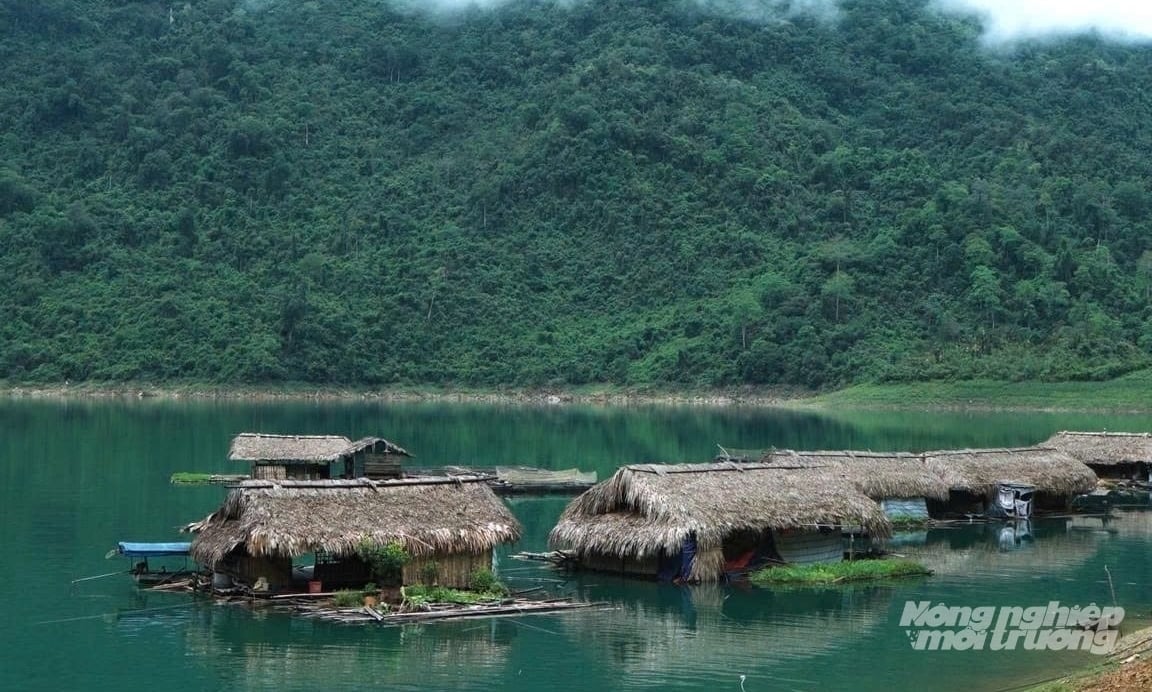
Many fish farms in cages on Tuyen Quang hydroelectric reservoir in Tat Nga area, Lam Binh commune. Photo: Tu Thanh.
One of those people is Mr. Hoang Van Tuan (born in 1980), from Thuy Loa commune, old Na Hang district. When the relocation notice was received, his family moved to the resettlement area in An Khang commune, old Tuyen Quang city, now An Tuong ward. The new house has infrastructure, concrete roads, electricity and water.
However, the new place still had many difficulties, in 2008 he decided to return to his hometown to start a business. Mr. Tuan recounted: "I started my business with exactly 2 million VND in hand. I bought 2 nets and a boat, so I went to the lake to fish. Collecting every penny, learning from people around me, I made a small bamboo cage tied to a plastic barrel and released about 1,000 catfish. The food was just small fish caught and cooked. At that time, I didn't dare to think about bran, anything I could save was saved."

With 10 cages of specialty fighting fish including catfish and silver carp, Mr. Hoang Van Tuan's family in Lam Binh commune, Tuyen Quang province earns from 100 to 150 million VND each year. Photo: Tu Thanh.
In the following years, people looked at each other. Those familiar with the river went to the lake. And so, from a few people to dozens of households. Over time, people built temporary houses on rafts to live and stay. The vast lake suddenly had a “village” without gates or alleys. At night, each house on the raft turned on a light bulb, looking down from the mountain, it looked like a strip of stars falling close to the water surface.
By 2017, having saved money from fishing and fish farming, the family was able to buy a piece of land in Lang Can town, old Lam Binh district - now Lam Binh commune to live.
“Now the children are grown and can take care of themselves. Sometimes the couple goes to the lake all week and only comes back on the weekends, bringing the fish they caught to sell to wholesalers and retailers at the market,” he said.
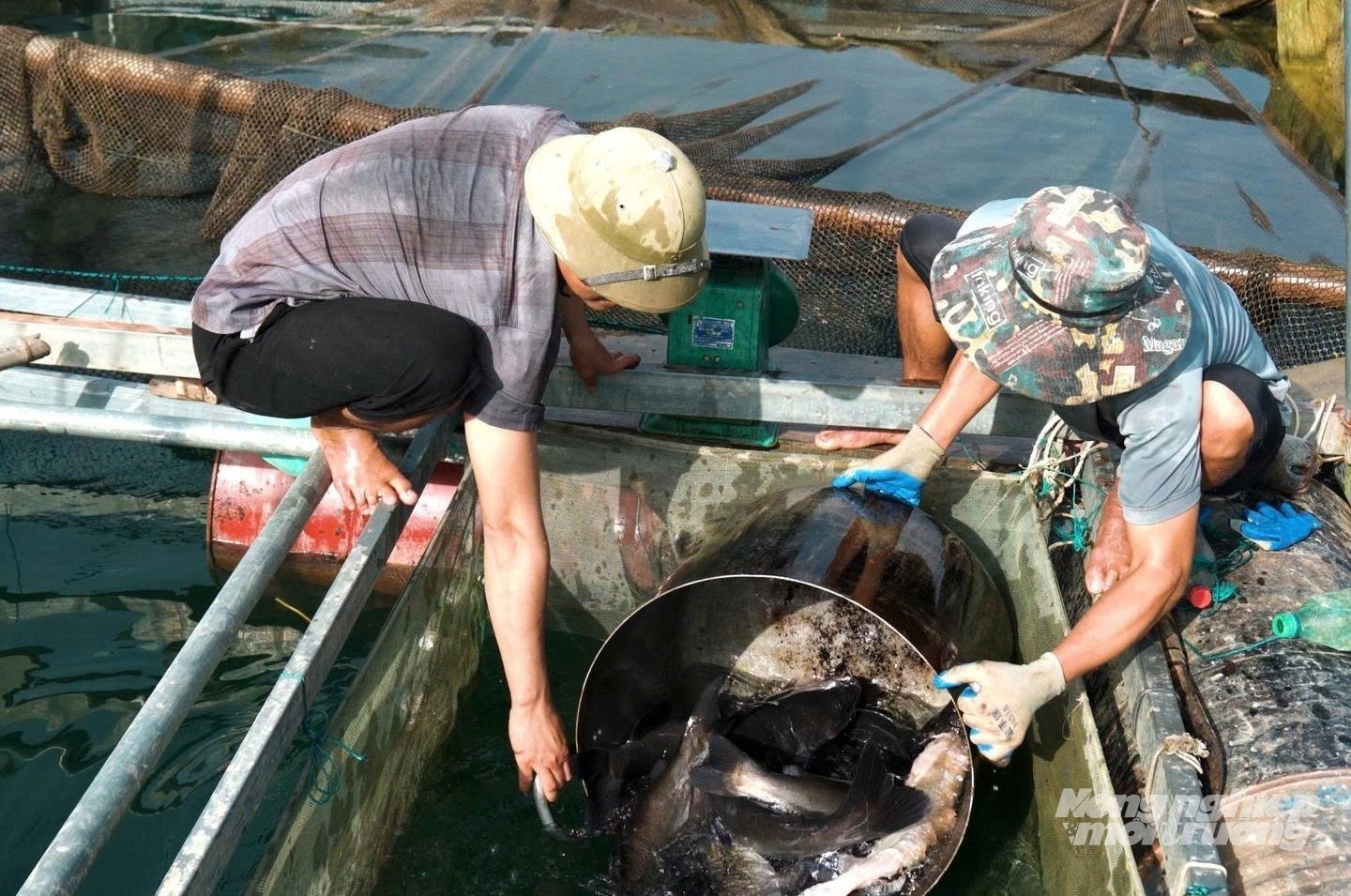
From the initial 1 fish cage, Mr. Hoang Van Tuan's family has now invested in a total of 10 fish cages on the hydroelectric lake. Photo: Tu Thanh.
From the initial one fish cage, his family has now expanded to 10 cages with sturdy iron frames. Mainly catfish and silver carp. Small fish are fed with bran, large fish are raised with fresh fish bought from local people. The price of catfish ranges from 80,000 to 100,000 VND/kg.
“Each catfish cage, if favorable, can bring in about 40-50 million VND. After deducting all expenses, my family still earns about 100-150 million VND each year. In the future, if the lake water and weather are favorable, I still want to open more cages and raise more types of fish,” Mr. Tuan shared.
To export a cage of catfish weighing 3-4kg/fish, it takes about 2 years to raise, so every day, the main income of aquaculture households in the hydroelectric reservoir is mainly from catching fish, shrimp, and prawns. If in season, it also brings in an income of 500 to more than 1 million VND per day.

Every day, aquaculture households use octagonal winches to catch more fish, shrimp, and prawns to feed the caged fish and increase their income. Photo: Tu Thanh.
Not only Mr. Tuan's family, in the lake of Tat Nga area, Lam Binh commune, many households in the resettlement area of An Tuong ward also came here one after another, built rafts, placed cages, and raised fish. Most of them are brothers, relatives, and people from the same village in the past, seeing each other doing it, they encouraged each other to do it. Many households that were struggling before, now thanks to raising fish in cages, earn from 70 to 200 million VND each year, their lives are gradually stable, and their houses are more neat.
Tuyen Quang province develops aquaculture in the direction of intensive, semi-intensive, biosafety and according to VietGAP standards. The whole province currently has over 18,600 hectares of water surface, of which the surface of hydroelectric lakes accounts for about 13,000 hectares, ponds specializing in aquaculture over 5,400 hectares, with an average yield of 2 tons/ha. The area for raising specialty fish and cold-water fish is about over 26,000m³, with an output of more than 160 tons of cold-water fish per year. On rivers and lakes, the total number of fish cages has reached about 3,300 cages.
Source: https://nongnghiepmoitruong.vn/lang-noi-tren-long-ho-thuy-dien-d785229.html








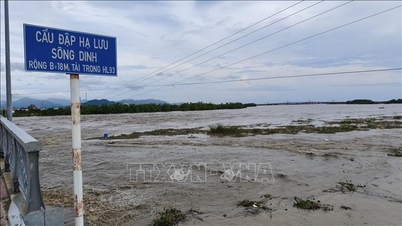

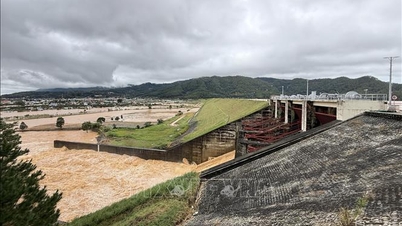




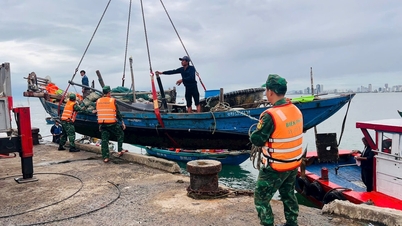


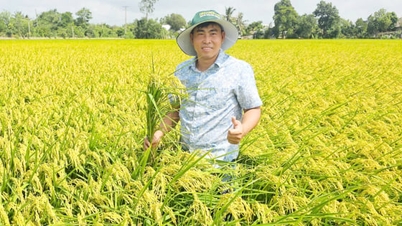
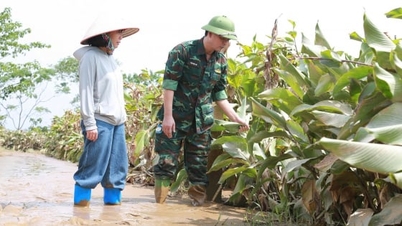

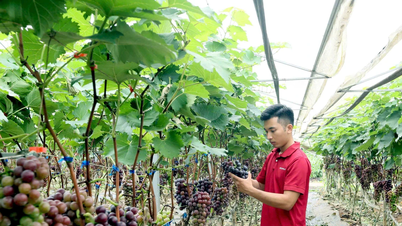








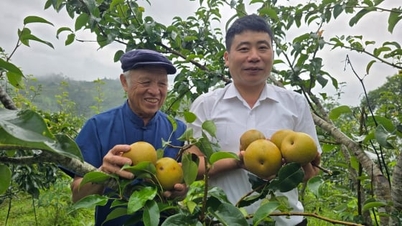
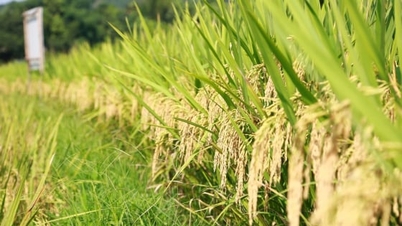







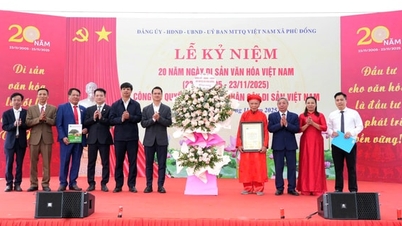






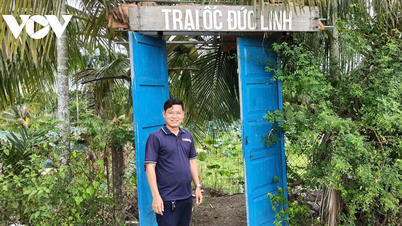

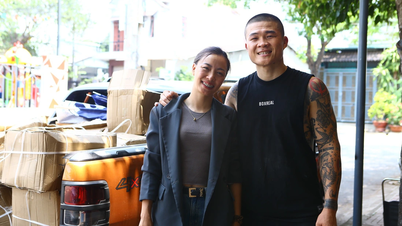

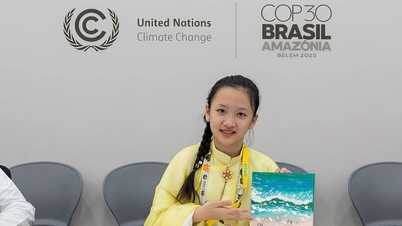


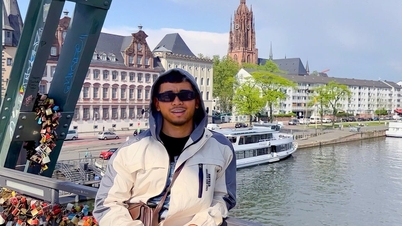















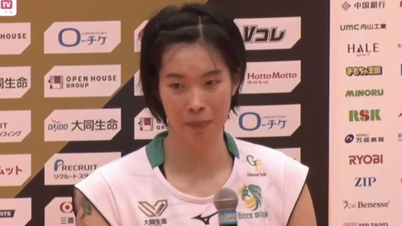






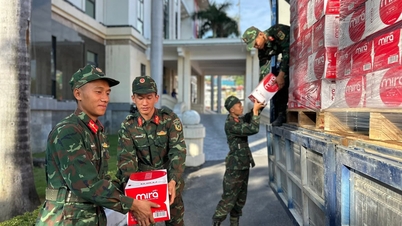
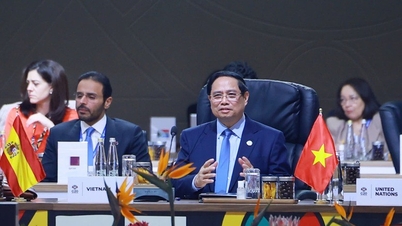








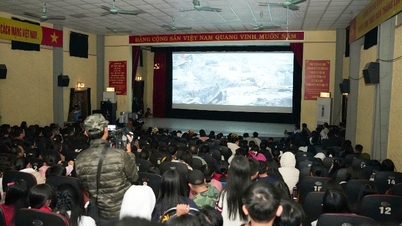

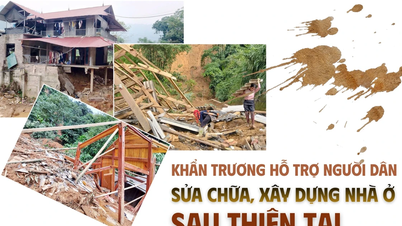




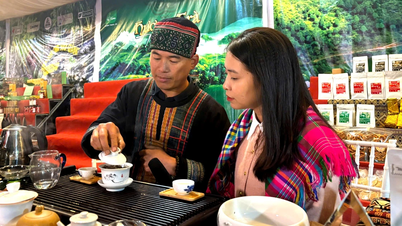











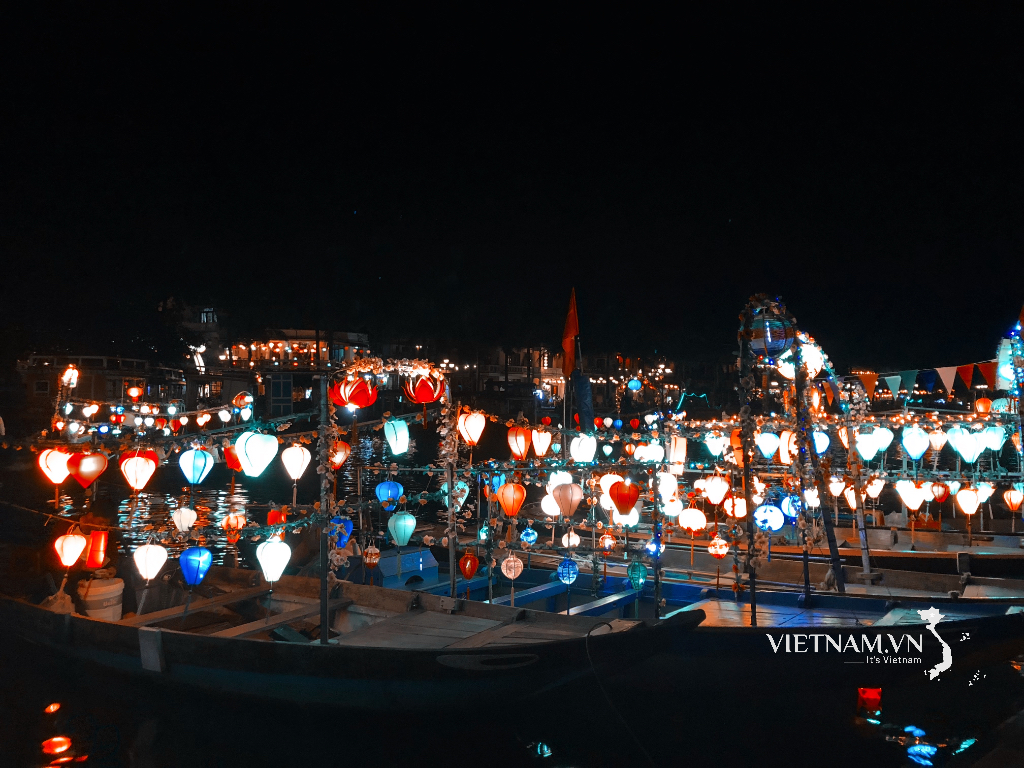


Comment (0)